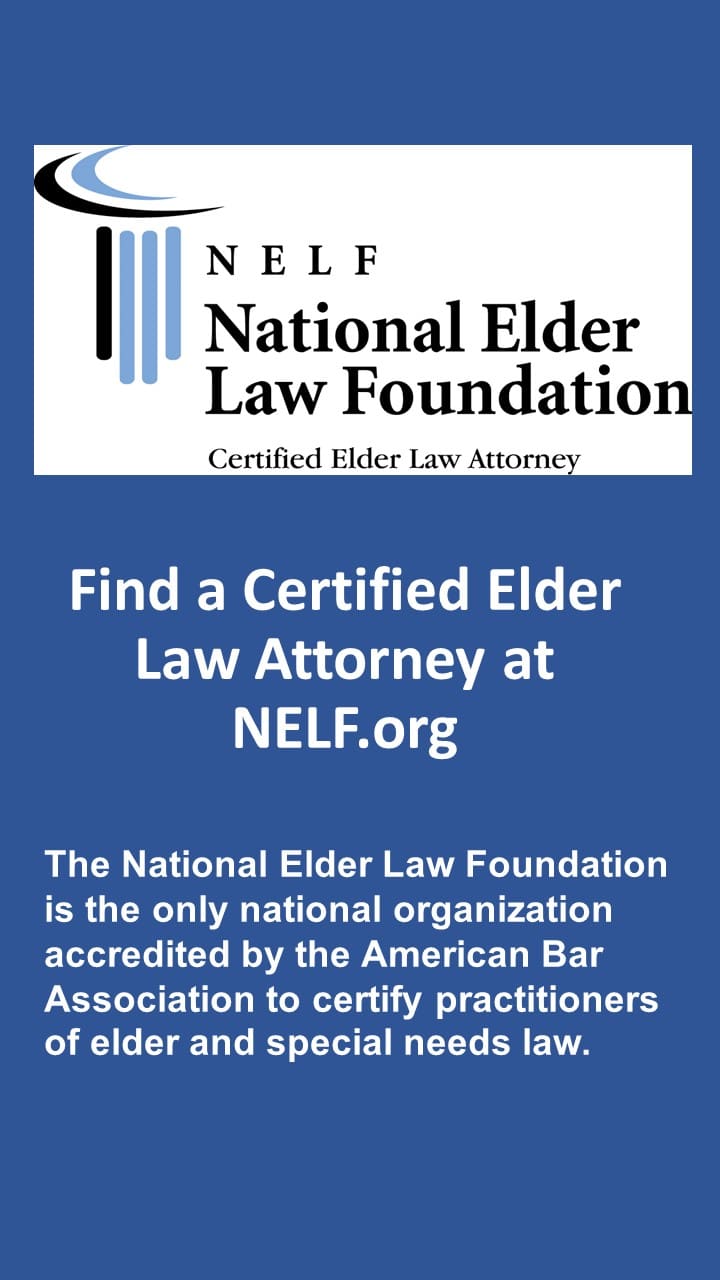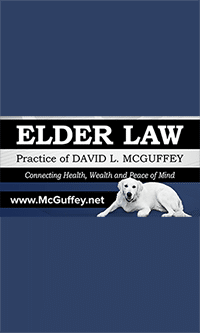In Henderson v. Dept. of Health and Human Services (May 18, 2023), a Medicaid applicant transferred significant resources, including the full value of her retirement account, to an irrevocable trust. When she applied for Medicaid during the 60 month look back period, the Medicaid agency found the resources were not countable, but imposed a transfer penalty of 24 months, 15 days. The applicant appealed, arguing that Michigan’s high court abolished the transfer penalty in Hegadorn v Dep’t of Health and Human Servs, 503 Mich 231; 931 NW2d 571 (2019).
The Court of Appeals rejected the applicant’s argument, finding Hegadorn not applicable under the facts of the present case. “[E]ven if assets are not countable for purposes of Medicaid eligibility, assets are still subject to a “look-back period,” which “impose[s] periods of ineligibility for certain Medicaid benefits where the applicant divested himself or herself of assets for less than fair market value.” Mackey, 289 Mich App at 694, 696 (quotation marks and citations omitted). More specifically, “[a] transfer for less than fair market value during the ‘look-back’ period is referred to as a ‘divestment,’ and unless falling under one of several exclusions, subjects the applicant to a penalty period during which payment of long-term-care benefits is suspended.” Id. at 696. However, this is merely a divestment penalty period during which benefits are unavailable; it does not “prohibit eligibility altogether.” Id. at 694. There is no dispute in the present case that none of the exclusions apply and [*7] that petitioner transferred her assets for less than fair market value.”
Affirming the decision below, the Court offered the following additional commentary:
The divestment penalty applies to transfers of assets to trusts. See Hegadorn, 503 Mich at 276-277 (MCCORMACK, C.J., concurring). For irrevocable trusts, any portion of the trust from which, or any income on the corpus from which, no payment could under any circumstances be made to the individual shall be considered, as of the date of establishment of the trust (or, if later, the date on which payment to the individual was foreclosed) to be assets disposed by the individual for purposes of subsection (c), and the value of the trust shall be determined for purposes of such subsection by including the amount of any payments made from such portion of the trust after such date. [42 USC 1396p(d)(3)(B)(ii) (emphasis added).]
Subsection (c) provides: In order to meet the requirements of this subsection for purposes of section 1396a(a)(18) of this title, the State plan must provide that if an institutionalized individual or the spouse of such an individual (or, at the option of a State, a noninstitutionalized individual or the spouse of such an individual) disposes of assets for less than fair market value on or after the look-back date specified in subparagraph (B)(i), the individual is ineligible for medical assistance for services described in subparagraph (C)(i) (or, in the case of a noninstitutionalized individual, for the services described in subparagraph (C)(ii)) during the period beginning on the date specified in subparagraph (D) and equal to the number of months specified in subparagraph (E). [42 USC 1396p(c)(1)(A) (emphasis added).]
The look-back period for trust transfers is 60 months, 42 USC 1396p(c)(1)(B)(i), and there is no dispute that petitioner’s transfers fell within this time frame.
Therefore, contrary to petitioner’s contentions, Hegadorn did not address the divestment penalty because that issue was not raised. Rather, the decision involved whether the assets transferred to the SBO trusts were automatically countable, and the Court held that they were not. The present case, in contrast, did not involve whether the Trust’s assets were countable because the parties did not ever dispute whether its assets were countable. Rather, the sole issue in the present case was, and is, whether the divestment penalty applied. And petitioner’s only argument in this regard is that Hegadorn “effectively removes the divestment analysis as a basis for effectively denying benefits.” As explained, petitioner’s attempts to apply Hegadorn in such a manner are misplaced. Hegadorn is factually distinguishable and did not address, let alone abolish, the divestment penalty within 42 USC 1396p.





